The feeding frequency of praying mantises is a topic that often perplexes both novice and experienced keepers. Unlike many other insects, mantises exhibit unique feeding behaviors that vary significantly depending on their species, age, and environmental conditions. Understanding these nuances is crucial for maintaining their health and ensuring their longevity in captivity.
Young mantises, particularly nymphs, require a more frequent feeding schedule compared to their adult counterparts. In the wild, nymphs are constantly on the hunt for small prey to fuel their rapid growth. In captivity, this translates to feeding them every day or every other day, depending on the availability of food. Fruit flies, pinhead crickets, and other tiny insects are ideal for nymphs. Overfeeding can be just as detrimental as underfeeding, as it may lead to obesity or molting issues. Observing the mantis's abdomen is a good indicator; a slightly rounded abdomen suggests it is well-fed, while an overly distended one signals overfeeding.
Adult mantises, on the other hand, do not need to eat as frequently. Their metabolism slows down, and their growth rate stabilizes. Feeding them every three to four days is generally sufficient. Larger prey, such as houseflies, moths, or even small crickets, can be offered. However, it’s important to ensure the prey is not too large, as this can cause stress or injury to the mantis. Adults are also more prone to refusing food, especially before molting or during periods of low activity. This behavior is normal and should not be a cause for concern unless it persists for an extended period.
The species of mantis plays a significant role in determining feeding frequency. Some species, like the Chinese mantis (Tenodera sinensis), are more aggressive feeders and may require slightly more frequent meals. Others, such as the ghost mantis (Phyllocrania paradoxa), are slower metabolizers and can go longer between feedings. Researching the specific needs of your mantis species is essential to avoid overgeneralization.
Environmental factors, such as temperature and humidity, also influence feeding frequency. Warmer temperatures tend to increase a mantis's metabolism, leading to a higher demand for food. Conversely, cooler temperatures slow down their digestive processes, reducing the need for frequent meals. Humidity levels, while less directly impactful, can affect the mantis's overall health and appetite. A dehydrated mantis may refuse food, so maintaining proper humidity is just as important as regulating temperature.
One often overlooked aspect of mantis care is the quality of the prey. Feeding wild-caught insects can introduce pesticides or parasites into the mantis's system, potentially leading to illness or death. Culturing your own feeder insects or purchasing them from reputable sources minimizes this risk. Additionally, gut-loading the prey with nutritious foods before offering them to the mantis ensures that the predator receives adequate nutrients.
Another consideration is the mantis's life stage. Females, especially those that are gravid (carrying eggs), may exhibit increased appetites. Providing them with more frequent or larger meals can support egg development. Males, however, tend to eat less as they reach maturity, focusing more on mating than feeding. This sexual dimorphism in feeding behavior is something keepers should account for when managing multiple mantises.
Finally, it’s worth noting that mantises are opportunistic feeders in the wild. They may go days or even weeks without food if prey is scarce. This adaptability means they are relatively forgiving of occasional feeding inconsistencies in captivity. However, consistency is still key to their well-being. Establishing a regular feeding schedule based on the mantis's age, species, and environment will help replicate their natural conditions and promote a healthy life.
In summary, there is no one-size-fits-all answer to how often a praying mantis should be fed. It requires a nuanced understanding of the individual mantis's needs and a willingness to adjust as those needs change. By paying close attention to their behavior and physical condition, keepers can develop a feeding routine that supports their mantis's health and vitality.
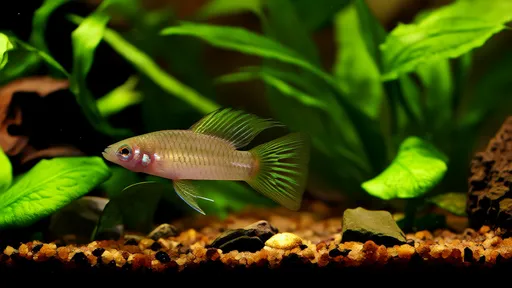
By /Jun 28, 2025
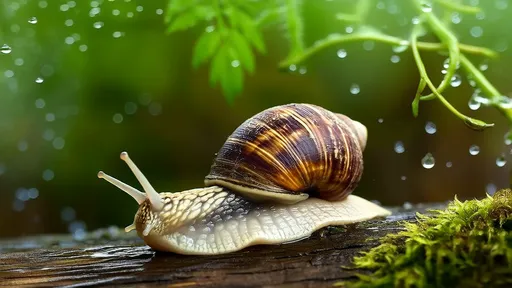
By /Jun 28, 2025
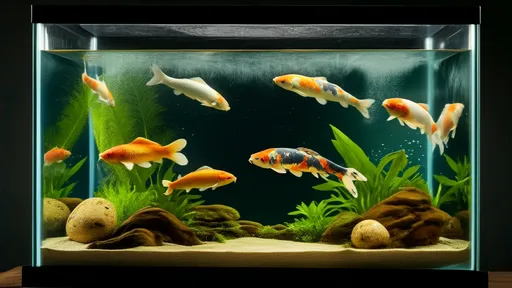
By /Jun 28, 2025

By /Jun 28, 2025
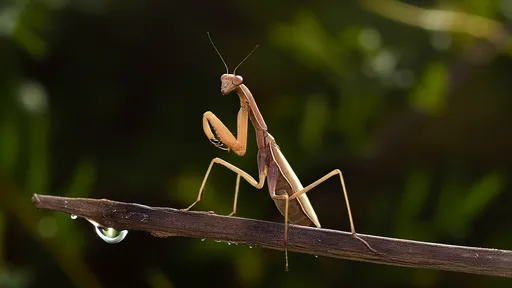
By /Jun 28, 2025

By /Jun 28, 2025
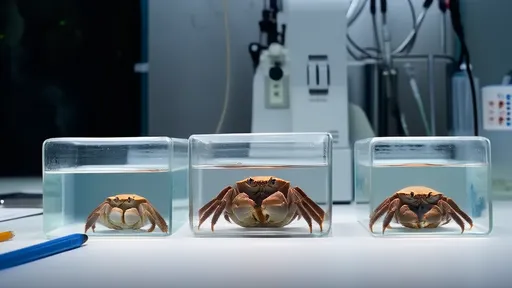
By /Jun 28, 2025
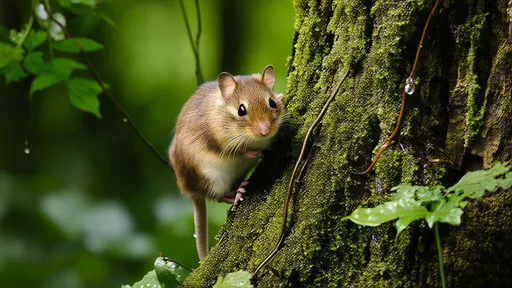
By /Jun 28, 2025
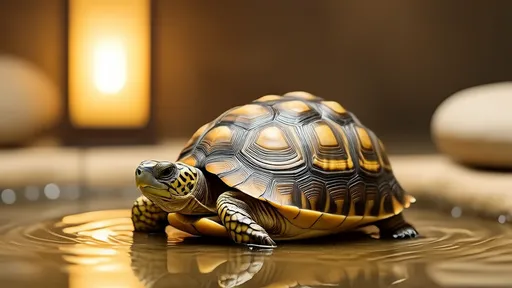
By /Jun 28, 2025
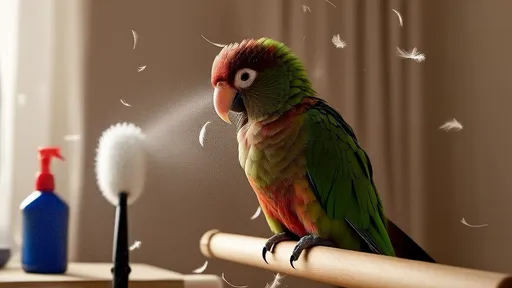
By /Jun 28, 2025

By /Jun 28, 2025
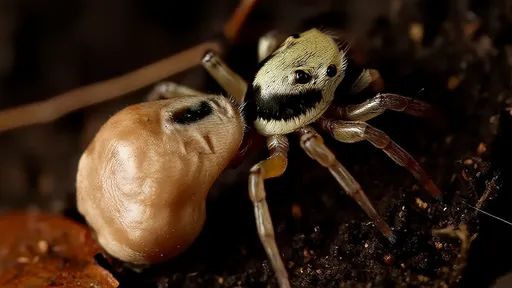
By /Jun 28, 2025
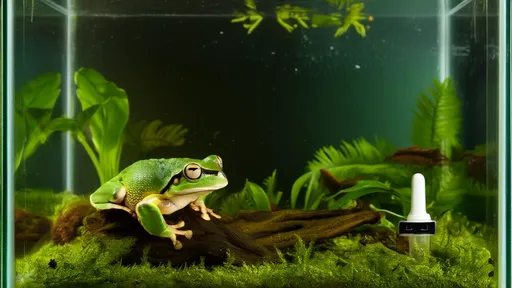
By /Jun 28, 2025

By /Jun 28, 2025
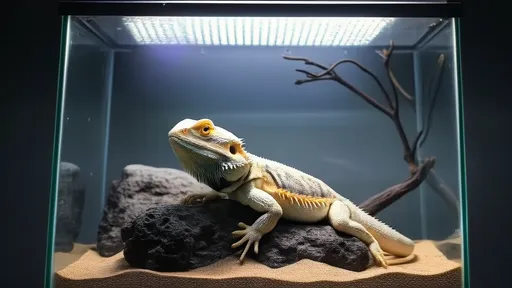
By /Jun 28, 2025
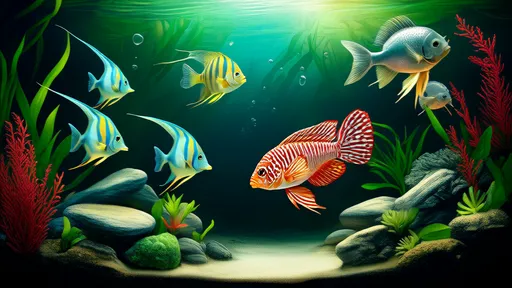
By /Jun 28, 2025
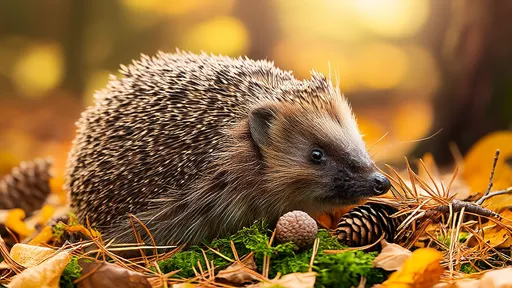
By /Jun 28, 2025